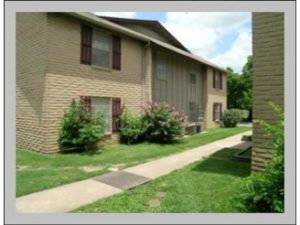
A growing development pipeline is not dampening the outlook for the seniors housing sector. Exclusive research conducted jointly by NREI and the National Investment Center for Seniors Housing & Care (NIC) shows that industry participants remain optimistic about improving fundamentals and investment opportunities in the sector.
The big story of late in the seniors housing sector has been the uptick in construction. In fact, the greatest number of units came online in the second quarter of this year compared to any other quarter in the past six years. As of the second quarter, construction versus inventory over the previous 12 months grew by 4.2 percent for seniors housing and 0.7 percent for nursing care, according to NIC data.
The majority of survey respondents (69 percent) anticipate more construction starts ahead in the coming 12 months, with 55 percent who predict that construction starts will increase somewhat and 14 percent who believe that construction starts will increase significantly
Yet the majority of respondents also believe that the new supply remains in check with demand. Nearly two-thirds of respondents do not think that the construction will result in overbuilding compared to the one-third who are concerned that overbuilding will occur. The upside of the story is that demand has been matching that new supply. “So the outlook is fairly bullish in that even though there is new product coming into the market, demand will be there to fully absorb that product,” says NIC Chief Economist Beth Mace.
Also, it is important to note that the new supply is not widespread, but rather limited to certain markets. NIC tracks seniors housing market data in 99 metropolitan areas. According to NIC, there are about 35 markets that represent about 80 percent of all the construction activity in the U.S. “So, in general, construction remains relatively concentrated,” says Mace.
About 20 percent of those metropolitan areas had no seniors housing construction during second quarter. However, at the other end of the spectrum, some markets saw a spike in activity at a rate of more than 15 percent in expansion relative to existing inventory, including San Antonio, Salt Lake City, Austin, Houston and Sacramento.
Find entire report here at National Real Estate Investor.




